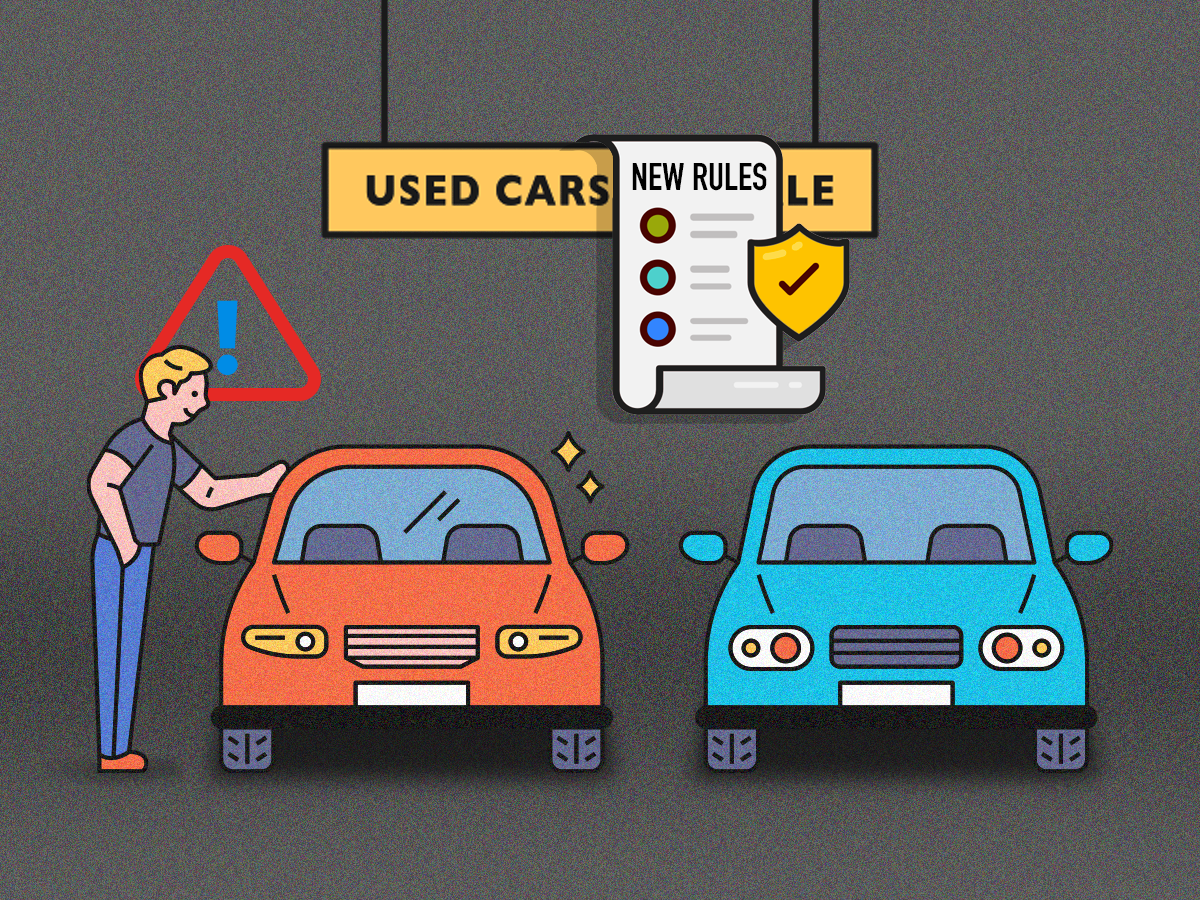Introduction
When it comes to buying a used car in Korea, it’s essential to be thorough and meticulous in your inspection process. A pre-purchase inspection can save you from potential headaches and expenses down the road. In this guide, we’ll outline the top 10 things you should check before making a decision. Follow these steps to ensure that your used car purchase in Korea is a smooth and satisfying experience.
1. Vehicle Identification Number (VIN)
Before diving into any specific inspections, begin by verifying the Vehicle Identification Number (VIN). Ensure that it matches the information provided in the car’s documents. A mismatched VIN can indicate potential issues like theft or fraud.
2. Service Records and Maintenance History
Request the vehicle’s service records and maintenance history. This will provide insights into how well the car has been maintained, including oil changes, brake replacements, and other critical services. A well-documented history is a good sign.
3. Accident History
Check for any signs of previous accidents or major repairs. Inspect the body for inconsistent paintwork, panel gaps, or uneven alignment. Obtain a Carfax or similar report to get detailed accident history information.
4. Odometer Reading
Ensure that the odometer reading is consistent with the vehicle’s age and condition. Low mileage on an older vehicle can be a red flag, as it may have been tampered with. Verify the accuracy of the odometer reading.
5. Vehicle Inspection by a Mechanic
Always have a trusted mechanic inspect the car thoroughly. They can identify underlying mechanical issues, such as engine problems, transmission issues, or worn-out suspension components. A professional inspection is invaluable.
6. Rust and Corrosion
Korean winters can be harsh, leading to rust and corrosion on vehicles. Inspect the undercarriage, wheel wells, and body for signs of rust. Extensive corrosion can affect the car’s structural integrity.
7. Test Drive
Take the car for a comprehensive test drive. Pay attention to how it handles, brakes, and accelerates. Listen for unusual noises or vibrations. Test all the vehicle’s features, including the air conditioning, stereo, and power windows.
8. Emission Test Certificate
Ensure that the car has a valid emission test certificate. Korean authorities regularly test vehicles for emissions compliance. Without a valid certificate, you may encounter legal issues.
9. Vehicle Registration
Check the vehicle’s registration status and ensure that it is up to date. Verify that there are no outstanding fines, taxes, or other liabilities associated with the car.
10. Negotiate the Price
Once you’ve completed all the necessary checks and inspections, negotiate the price with the seller. Use any issues you’ve identified during your inspection as leverage for a better deal. Be prepared to walk away if the price isn’t right or if you have doubts about the vehicle’s condition.
Conclusion
Buying a used car in Korea can be a rewarding experience when done correctly. By following these ten essential checks, you can ensure that you make an informed decision and drive away with a reliable and safe vehicle. Remember to consult with professionals, do your research, and take your time during the buying process. With due diligence, you can find the perfect used car for your needs in Korea.


